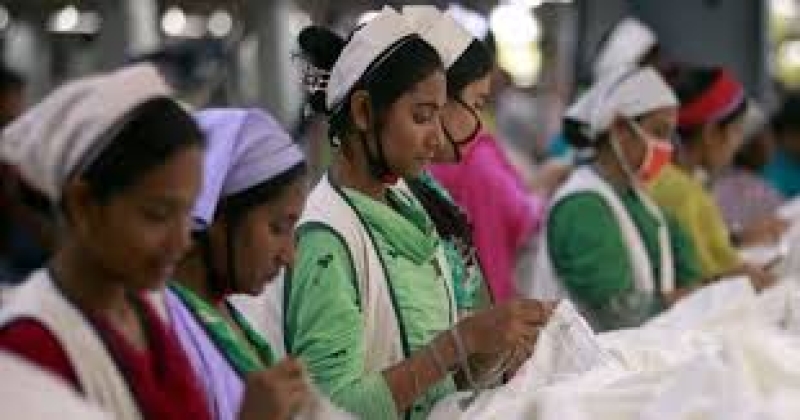- CA Yunus pays homage to Liberation War martyrs on Victory Day |
- Bangladesh capital market extends losing streak for second day |
- Bangladesh celebrates Victory Day Tuesday |
- 'Different govts presented history based on their own ideologies': JU VC |
Bangladesh leads South Asia in gender parity: WEF

Bangladesh has once again emerged as the frontrunner in gender equality in South Asia ranking 24th globally with a gender parity score of 77.5% in the World Economic Forum’s Global Gender Gap Index 2025.
The report identifies Bangladesh alongside Saudi Arabia, Mexico, Ecuador and Ethiopia as the most effective economies in overcoming gender disparities across all income levels.
Among the seven economies in South Asia, Bangladesh remains the only country to secure a place in the global top 50, reflecting its continued progress in closing gender gaps, especially in political empowerment and education.
Southern Asia, as a region, ranks 7th out of eight global regions with an overall parity score of 64.6%, according to the report.
While the region has made significant gains in economic representation for senior (+9.1 percentage points) and professional and technical workers (+17.2 percentage points), challenges remain. The parity in estimated earned income has declined by 7.8 percentage points.
In education, Southern Asia ranks sixth with a parity score of 95.4%. However, stark disparities persist — Nepal and Pakistan report literacy parity scores below 75%, in contrast to full parity in the Maldives.
The region's Health and Survival score stands at 95.5%, with modest improvements in healthy life expectancy (+0.9 percentage points) offset by a 1-point decline in the sex ratio at birth.
On the political front, Southern Asia ranks fourth globally with a score of 26.8%.
The region had the highest baseline in 2006 at 21.9% and has since improved by 4.9 percentage points. Notably, Bangladesh is the only country in the bloc that has achieved political parity at the head-of-state level.
According to the WEF, the global gender gap has narrowed slightly, improving from 68.4% in 2024 to 68.8% in 2025 across 148 economies. However, the pace of progress remains slower than pre-pandemic trends, and at the current rate, full gender parity is not expected for another 132 years.
High-income economies have, on average, closed 74.3% of their gender gaps. Still, the report notes that the best performers in lower-income categories – such as Bangladesh – have outpaced many wealthier nations in terms of tangible gains.
Besides, India slipped to 131st place, behind neighbours like Bhutan (119th), Nepal (125th), and Sri Lanka (130th).
Countries like Pakistan (148th), Sudan (147th), and Chad (146th) remain at the bottom of the index, continuing to grapple with wide gender disparities.
At the top of the 2025 rankings, Iceland retained its position as the world’s most gender-equal country for the 16th consecutive year, closing 92.6% of its gender gap – the only country to surpass 90%. Other top-ranked countries include Finland, Norway, and the United Kingdom, reports UNB.

